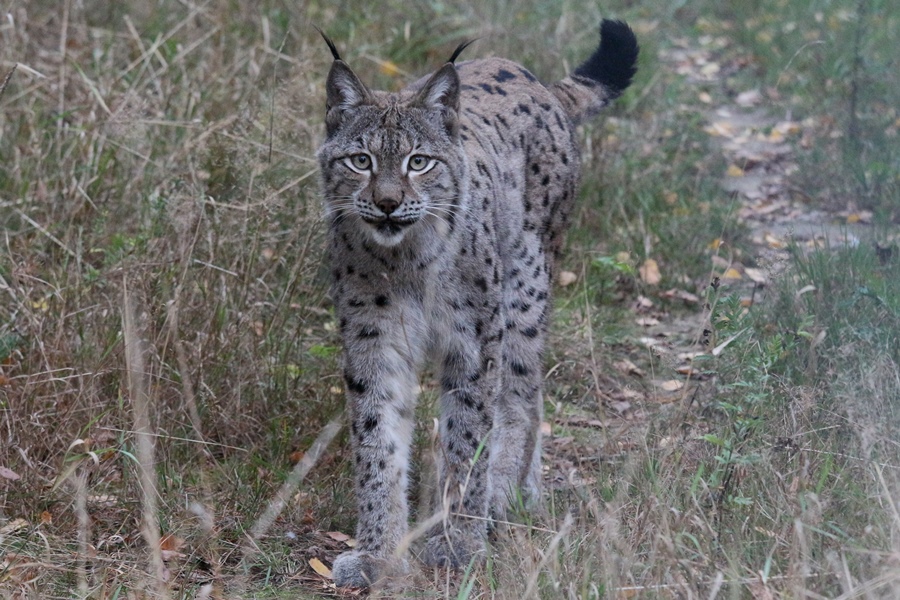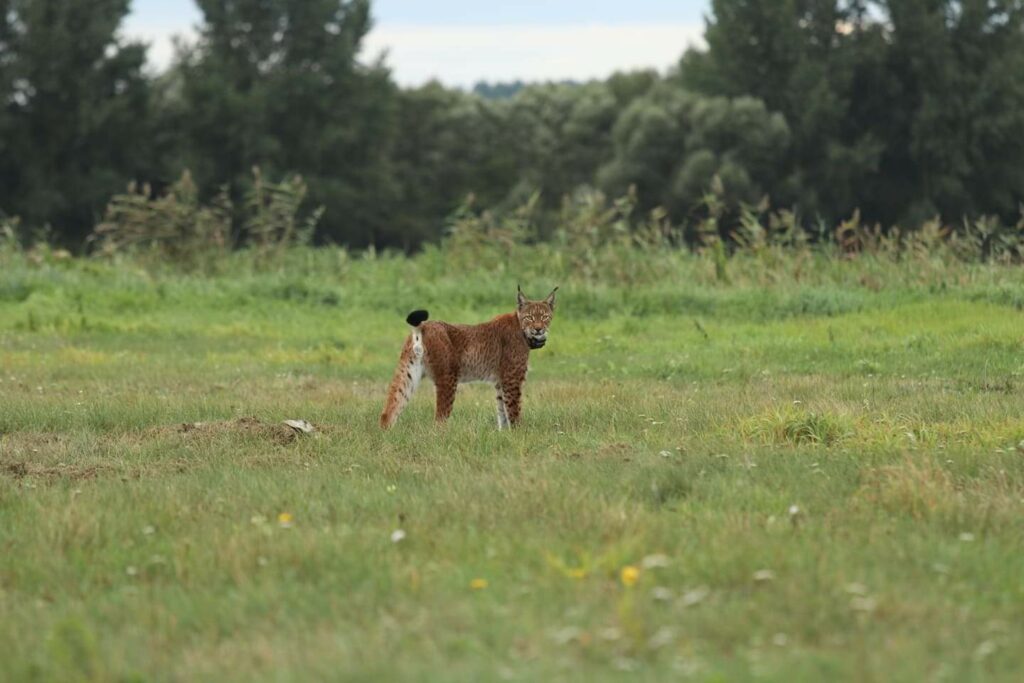The EU Habitats directive protects endangered species such as wolfs, bears and lynxes but Sweden continues to violate the directive by prioritizing the interests of the hunting community in the country.
A resent proposal by Swedish animal welfare NGOs and activists advocating a more sustainable wild life management concerning the preservation of the red-listed lynx has attracted a cool interest for the time being.
In a letter in September to the Swedish Environmental Protection Agency (Naturvårdsverket), they referred to an on-going EU-funded project in Poland where lynxes from other EU member states are reintroduced in nature. The Swedish activists proposed to move endangered Swedish lynxes to Poland where hunting is forbidden.
“There is now a possibility, if there really is a need to reduce the number of lynxes in Sweden, to move them to Poland where they are needed and protected,” Misha Istratov, the project's initiator and a wildlife ambassador, told The Brussels Times. He asked the Swedish agency to consider the question which could build bridges by those for and against hunting and result in a new type of wildlife management.
After reminders he finally received a brief reply which surprised him. It stated that the environment protection agency had received his letter, registered it and decided not to take any action for the time being. The agency did not say who had taken the decision and did not add any motivation as normally is required by Swedish legislation on administrative procedures and communication with the public.
The lynx population, red-listed as vulnerable, endured a record hunt of almost 200 individuals in March this year. The motive of the hunting licenses issued by delegation to the regional country boards is to protect farm animals, but in central and southern Sweden, where most licenses were issued, only 50–100 sheep are killed by lynx each year. New decisions on hunting licenses will be issued again in the beginning of next year.
Asked if Sweden would consider a pilot project to transfer animals to Poland, Hanna Ek, deputy head of the wildlife management unit at the agency, replied that the issue is currently not on its agenda and declined to preempt a decision in case an application would be submitted. She mentioned that the agency had decided to catch forest hens (grouse) for placement in other countries in Europe.

Duszenko, female lynx born in June 2013
The lynx project in Poland is implemented by the West Pomeranian Nature Society and aims at restoring the lynx in its former habitat in north-western Poland and ensuring appropriate conditions for the development of the population of this species.
“In Poland, lynxes are protected in all parts of the country and hunting is forbidden,” project manager Marcin Grzegorzek told The Brussels Times. “Our project is focused on the low-lands in north-west Poland and was introduced in 2017. In eastern Poland there is already a lynx population. In the future, we might connect between the populations.”
The first placements of lynxes from other EU member countries started in January 2019. “We have received lynxes from among others Germany, Austria, Estonia, Latvia and other parts of Poland,” he explained. “We would be happy to receive them from Sweden if there would be a request, in cooperation with the Swedish authorities.”
“We are looking for animals with different genetics. Normally, the animals that are caught and transported to Poland have first to be put in quarantine. The idea is to start with a few lynxes in a pilot project provided that all conditions are met and the necessary permits are granted. We can take care of the transport but would need a partner organisation in Sweden.”
The project has received funding from the EU Life Programme (sub-programme nature and biodiversity, with 35 % co-financing). “To start with, we could ourselves finance the transport of up to 5 lynxes,” he added.
“Until now we have released around 80 lynxes, including females that have given birth every year. The majority of the lynxes were wild-born and have adapted to their new surroundings (wild to wild). There have been no reports on any attacks against people. Attacks on livestock are sporadic and affect only a small percentage of captive born lynx.”
In a few cases, lynxes that were reintroduced were used to people because they were born in captivity and bred in zoos in their original countries. If there is any problem with their placement in the wild, they are moved to another place and put in a closure. “We have full time 0-24h emergency service and monitor strictly the lynxes by putting collars on them.”
The need for wild born lynxes from other countries is vital and Sweden could play an important role, he concluded.
M. Apelblat
The Brussels Times

